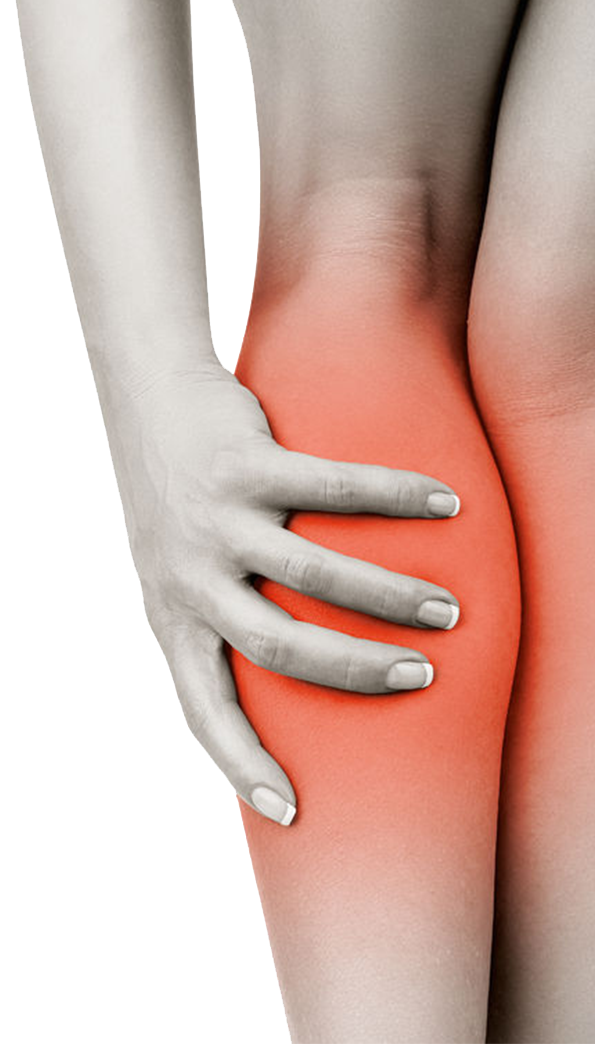

Note: Minimum rating for through-and-through wounds of the foot - 10.ĥ311 Group XI. Other important dorsal structures: cruciate, crural, deltoid, and other ligaments tendons of long extensors of toes and peronei muscles Other important plantar structures: Plantar aponeurosis, long plantar and calcaneonavicular ligament, tendons of posterior tibial, peroneus longus, and long flexors of great and little toesĭorsal: (1) Extensor hallucis brevis (2) extensor digitorum brevis. Intrinsic muscles of the foot: Plantar: (1) Flexor digitorum brevis (2) abductor hallucis (3) abductor digiti minimi (4) quadratus plantae (5) lumbricales (6) flexor hallucis brevis (7) adductor hallucis (8) flexor digiti minimi brevis (9) dorsal and plantar interossei. Function: Movements of forefoot and toes propulsion thrust in walking. Rate on limitation of motion, minimum 10 percent.ĥ310 Group X. Note: The hand is so compact a structure that isolated muscle injuries are rare, being nearly always complicated with injuries of bones, joints, tendons, etc.

Intrinsic muscles of hand: Thenar eminence short flexor, opponens, abductor and adductor of thumb hypothenar eminence short flexor, opponens and abductor of little finger 4 lumbricales 4 dorsal and 3 palmar interossei

Function: The forearm muscles act in strong grasping movements and are supplemented by the intrinsic muscles in delicate manipulative movements. Muscles arising mainly from external condyle of humerus: Extensors of carpus, fingers, and thumb supinatorĥ309 Group IX.

Function: Extension of wrist, fingers, and thumb abduction of thumb. Muscles arising from internal condyle of humerus: Flexors of the carpus and long flexors of fingers and thumb pronatorĥ308 Group VIII. Extensor muscles of the elbow: (1) Triceps (2) anconeus.ĥ307 Group VII. Function: Extension of elbow (long head of triceps is stabilizer of shoulder joint). Flexor muscles of elbow: (1) Biceps (2) brachialis (3) brachioradialisĥ306 Group VI. Function: Elbow supination (1) (long head of biceps is stabilizer of shoulder joint) flexion of elbow (1, 2, 3). Intrinsic muscles of shoulder girdle: (1) Supraspinatus (2) infraspinatus and teres minor (3) subscapularis (4) coracobrachialisĥ305 Group V. Function: Stabilization of shoulder against injury in strong movements, holding head of humerus in socket abduction outward rotation and inward rotation of arm. Intrinsic muscles of shoulder girdle: (1) Pectoralis major I (clavicular) (2) deltoidĥ304 Group IV. Function: Elevation and abduction of arm to level of shoulder act with 1 and 2 of Group II in forward and backward swing of arm. Extrinsic muscles of shoulder girdle: (1) Pectoralis major II (costosternal) (2) latissimus dorsi and teres major (teres major, although technically an intrinsic muscle, is included with latissimus dorsi) (3) pectoralis minor (4) rhomboidĥ303 Group III. Function: Depression of arm from vertical overhead to hanging at side (1, 2) downward rotation of scapula (3, 4) 1 and 2 act with Group III in forward and backward swing of arm. Extrinsic muscles of shoulder girdle: (1) Trapezius (2) levator scapulae (3) serratus magnusĥ302 Group II. Function: Upward rotation of scapula elevation of arm above shoulder level.


 0 kommentar(er)
0 kommentar(er)
